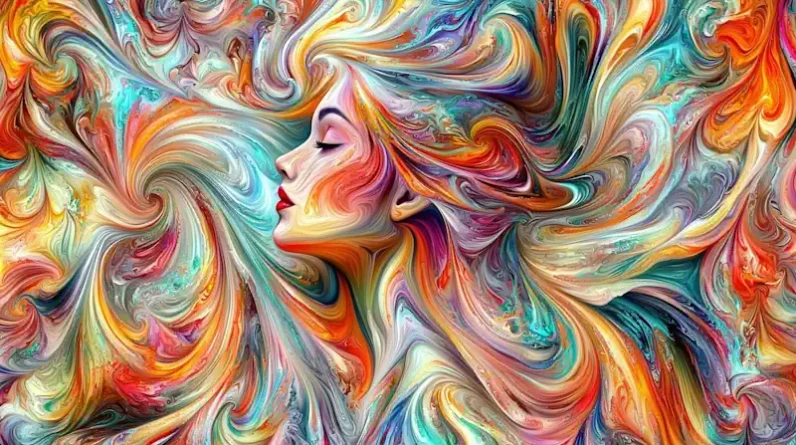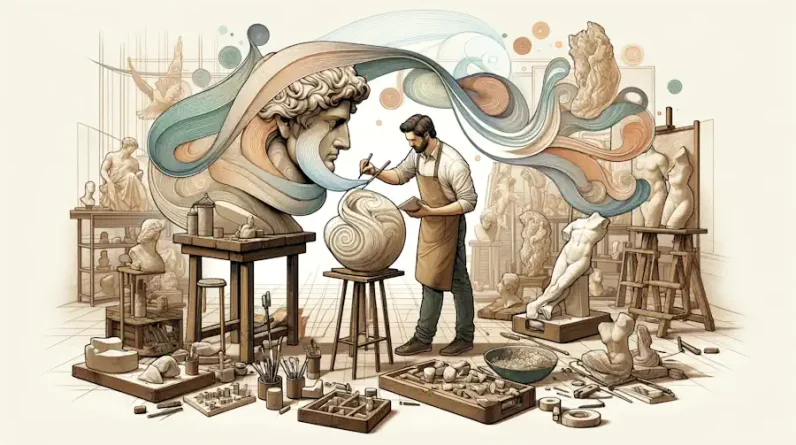
Are you feeling stuck in a creative rut? Are you looking for ways to enhance your creative flow? Whether you’re an artist, writer, musician, or simply someone who wants to think outside the box, these tips will guide you on your journey to unlock your creative genius. So sit back, relax, and get ready to unleash your imagination.
Setting Intentions
Identifying your goals
Setting intentions is an important step in enhancing your creative flow. Start by identifying your goals and what you hope to achieve through your creativity. Are you aiming to complete a specific project or simply explore your artistic abilities? Understanding your goals will help guide your creative process and ensure that you stay focused and motivated.
Visualizing success
Visualizing success can be a powerful tool in boosting your creativity. Take some time to imagine yourself achieving your creative goals. Visualize the feeling of satisfaction and accomplishment that comes with bringing your ideas to life. By visualizing success, you are setting a positive mindset and creating a sense of drive that will help you overcome challenges along the way.
Creating a daily mantra
A daily mantra is a short, positive statement that you can repeat to yourself each day to set a positive tone for your creative endeavors. Choose a mantra that resonates with you and reflects your goals and aspirations. For example, you could use phrases like “I am a creative force” or “I embrace new possibilities.” By incorporating a daily mantra into your routine, you are reinforcing your intentions and fostering a mindset that is conducive to creativity.
Creating a Supportive Environment
Organizing your workspace
A cluttered and disorganized workspace can be a major deterrent to creativity and productivity. Take the time to declutter your workspace and create an environment that is organized and visually appealing. Invest in storage solutions that help keep your supplies and materials neatly arranged. A clean and organized workspace will not only make it easier to find what you need, but it will also create a sense of calm and focus that enhances your creative flow.
Surrounding yourself with inspiration
Surrounding yourself with inspiration is an excellent way to fuel your creativity. Display artwork, photographs, or quotes that resonate with you and spark your imagination. Create a vision board that captures your creative goals and aspirations. Consider bringing in plants or natural elements to create a soothing and inspiring atmosphere. By curating your environment with things that inspire you, you are constantly reminded of your creative potential.
If you like some quiet music in the background, you might like these Isochonics tones for creative thinking:
Eliminating distractions
Distractions can be the enemy of creative flow. Identify the things that tend to distract you and find ways to eliminate or minimize them. Turn off notifications on your phone or computer, close unnecessary tabs, and create a dedicated work zone where you can minimize interruptions. By removing distractions, you are creating a space that fosters focus and allows your creative ideas to flow freely.
Establishing a Routine
Designating dedicated creative time
Designating dedicated creative time is essential in developing a consistent and productive creative routine. Set aside specific blocks of time each day or week that are solely dedicated to your creative pursuits. Treat these blocks of time as non-negotiable appointments with yourself, where you devote your full attention and energy to your chosen creative activity. By establishing a routine, you signal to your brain that it is time to enter the creative zone, making it easier to tap into your creative flow.
Creating a structured schedule
In addition to designating dedicated creative time, creating a structured schedule can help optimize your creative flow. Plan out your day or week, allocating time for different activities and responsibilities. By structuring your schedule, you create a framework that ensures you make time for your creative pursuits. This structure also helps eliminate decision fatigue, as you already know what you need to do and when to do it, allowing you to focus more on your creativity.
Setting realistic expectations
When it comes to creativity, it’s important to set realistic expectations for yourself. Understand that creativity is a process and that not every creative session will result in a masterpiece. Set goals that are achievable and allow yourself to learn and grow along the way. Remember that creativity is a journey, and each step forward, no matter how small, is progress. By setting realistic expectations, you relieve the pressure to be perfect and create a more nurturing environment for your creative flow to flourish.
Finding Inspiration
Exploring different mediums
Finding inspiration can often come from exploring different mediums. Step outside of your comfort zone and try your hand at different artistic forms. If you’re primarily a painter, experiment with sculpture or photography. If you’re a writer, explore painting or music. By exploring different mediums, you expose yourself to new ideas and techniques that can fuel your creativity and inspire fresh perspectives.
Engaging in new experiences
Engaging in new experiences is a great way to fuel your creative flow. Seek out new experiences, whether it’s visiting an art exhibit, traveling to a new city, or trying out a new hobby. Exposure to new environments, people, and cultures can provide a wealth of inspiration and expand your creative horizons. Embrace the unknown and allow yourself to be open to the unexpected.
Researching and learning
Researching and learning about your chosen creative field can provide a wealth of inspiration and knowledge to enhance your creative flow. Look into books, articles, documentaries, or online tutorials related to your craft. Learn about the techniques and processes used by other artists or creatives. Discover the history and evolution of your chosen art form. By immersing yourself in learning, you gain a deeper understanding and appreciation for your craft, which can enrich your own creative practice.
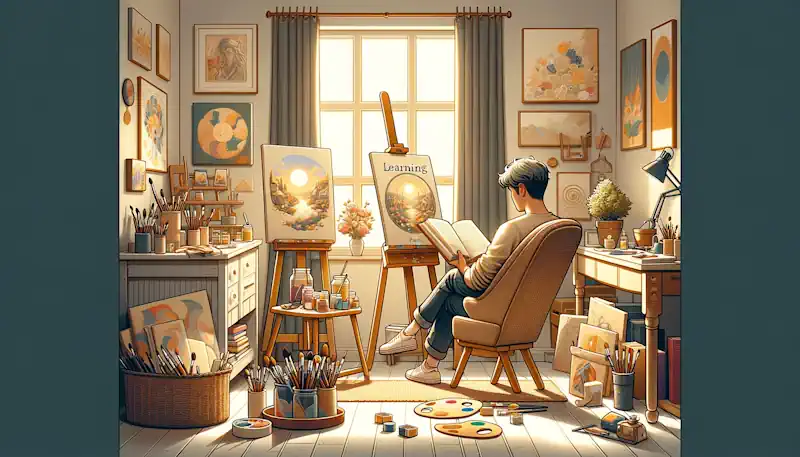
Embracing Failure
Understanding the importance of failure in the creative process
Failure is an essential part of the creative process. It’s through failure that we learn, grow, and discover new possibilities. Understand that failure is not a reflection of your abilities or worth as a creative individual. Instead, view it as an opportunity for growth and experimentation. Embrace failure as a stepping stone towards success and use it to fuel your determination and resilience.
Learning from setbacks and mistakes
When setbacks or mistakes occur, it’s important to reflect on them and learn from them. Analyze what went wrong and identify areas for improvement. Embrace a growth mindset and see setbacks as valuable lessons rather than obstacles. Use these learnings to refine your creative process and make adjustments moving forward. Remember, every setback is an opportunity to rise even higher.
Maintaining a growth mindset
Maintaining a growth mindset is key to embracing failure and nurturing your creative flow. Cultivate a belief that with effort and perseverance, your skills and abilities can develop and improve over time. Embrace challenges as opportunities to stretch your creative boundaries and continue evolving. By maintaining a growth mindset, you unlock your full creative potential and approach every creative endeavor with curiosity and determination.
Nurturing Your Imagination
Engaging in creative exercises and prompts
Engaging in creative exercises and prompts is an excellent way to nurture your imagination and spark new ideas. Set aside time to explore different prompts or challenges that encourage you to think outside the box. Experiment with brainstorming techniques, freewriting, or sketching. Allow yourself to be spontaneous and embrace the process of exploration without judgment. These exercises can help ignite your imagination and pull you into a state of creative flow.
Taking breaks and allowing your mind to wander
Taking breaks and allowing your mind to wander is crucial for nurturing your imagination. When you’re constantly immersed in creative work, it’s easy to get mentally fatigued and experience a creative block. Give your mind a chance to rest and recharge by taking regular breaks. Go for a walk, engage in a different activity, or simply daydream. These breaks provide an opportunity for your subconscious mind to process ideas and make surprising connections, ultimately fueling your creative flow.
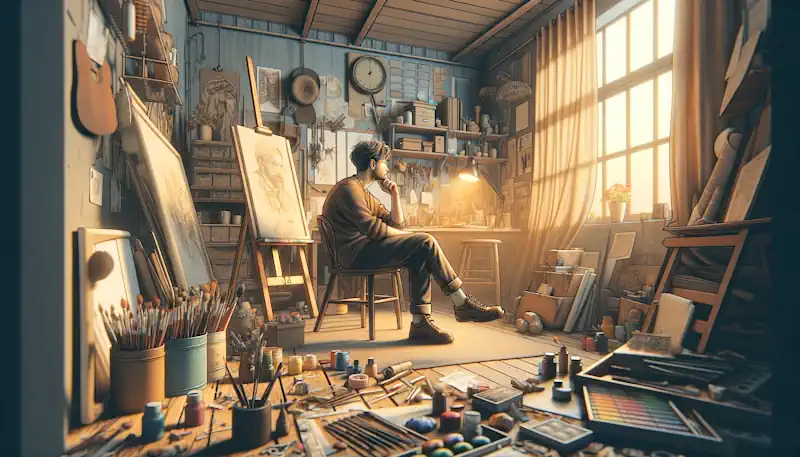
Using imagination as a problem-solving tool
Imagination is not only a means of self-expression but also a powerful problem-solving tool. When faced with a creative challenge, tap into your imagination to explore different solutions and approaches. Allow yourself to think beyond the conventional and consider unconventional or out-of-the-box ideas. Imagination can offer fresh perspectives and innovative solutions that may have otherwise gone unnoticed. By embracing your imagination, you open up new possibilities and unleash your creative potential.
Collaborating with Others
Brainstorming with a team
Collaborating and brainstorming with others can invigorate your creative flow and generate fresh ideas. Gather a group of like-minded individuals or fellow creatives and engage in brainstorming sessions. Share your ideas, bounce thoughts off one another, and build upon each other’s concepts. The collective energy and unique perspectives of a team can ignite new sparks of creativity and take your projects to new heights.
Seeking feedback and constructive criticism
Seeking feedback and constructive criticism from others is a valuable part of the creative process. Share your work with trusted individuals who can provide honest and insightful feedback. Listen with an open mind and be willing to accept constructive criticism. Constructive feedback helps refine your ideas and pushes you to improve your creative output. Embrace feedback as an opportunity for growth and use it to strengthen your creative work.
Joining creative communities or clubs
Joining creative communities or clubs is a fantastic way to collaborate and connect with like-minded individuals. Seek out local or online groups that align with your creative interests. Engage in discussions, share your work, and participate in group projects or challenges. Being part of a creative community provides a support system, fosters inspiration, and offers opportunities for collaboration. By joining creative communities, you surround yourself with individuals who understand and celebrate the creative process.
Experimenting with Different Techniques
Trying out new artistic techniques
Experimenting with new artistic techniques can breathe fresh life into your creative work. Step out of your comfort zone and try different approaches, materials, or styles. Take a class or workshop to learn a new technique or explore online tutorials. Embrace the process of learning and experimenting, allowing yourself to make mistakes and discover unexpected outcomes. By pushing your boundaries and exploring new techniques, you expand your creative toolkit and unlock new possibilities.

Exploring unconventional approaches
Creativity often thrives when we explore unconventional approaches. Step away from the tried-and-true methods and challenge yourself to think differently. Consider combining different mediums, exploring mixed media, or incorporating unconventional materials into your work. Allow yourself to make unconventional connections and let go of preconceived notions. Exploring unconventional approaches can lead to unique and innovative creations that set you apart from the norm.
Mixing and combining different styles
Mixing and combining different styles can result in exciting and unexpected combinations. Take inspiration from various artistic styles or genres and explore how you can incorporate elements from different sources into your own work. Experiment with blending techniques, themes, or color palettes to create a synthesis that is uniquely yours. By mixing and combining different styles, you cultivate a distinctive creative voice that is a true reflection of your artistic journey.
Managing Stress and Self-Criticism
Practicing self-care and stress management techniques
Managing stress and practicing self-care is crucial in maintaining a healthy creative flow. Take time for self-care activities such as meditation, exercise, or spending time in nature. Prioritize sleep and ensure you’re getting enough rest to rejuvenate your mind and body. Practice stress management techniques like deep breathing or journaling to alleviate any anxieties that may inhibit your creativity. By prioritizing self-care, you create an environment that is conducive to creativity and overall well-being.
Challenging negative self-talk
Negative self-talk can be detrimental to your creative flow. Challenge negative thoughts and replace them with positive affirmations. Recognize that it’s normal to have doubts and insecurities, but don’t let them overshadow your creative potential. Remind yourself of past successes and remember that creativity is subjective and personal. Embrace self-compassion and celebrate your unique creative journey, knowing that each step forward is an achievement worth acknowledging.
Celebrating small victories
Often, creative endeavors are a culmination of small victories along the way. Take the time to celebrate these milestones and achievements, no matter how small they may seem. Acknowledge the progress you’ve made, the new skills you’ve acquired, or the challenges you’ve overcome. Celebrating small victories not only boosts your confidence but also reinforces a positive mindset that fuels your motivation and inspires continued creativity.
Continuing Education and Skill Development
Taking workshops or classes
Continuing education plays a vital role in skill development and nurturing your creative flow. Seek out workshops or classes that align with your creative interests. Whether it’s a local art class, an online course, or a specialized workshop, invest in opportunities to learn and expand your knowledge. These learning experiences provide valuable insights, expose you to new techniques, and foster connections with fellow creatives. By pursuing continued education, you demonstrate a commitment to growth and a dedication to honing your skills.
Reading books on creativity and innovation
Books are a treasure trove of wisdom and inspiration. Explore books on creativity and innovation to expand your understanding of the creative process. Discover biographies or memoirs of influential creatives, delve into theories on creativity, or explore techniques for overcoming creative blocks. Reading about the experiences and insights of others can provide valuable perspectives and ignite new ideas. Make reading a regular part of your creative routine and allow the knowledge gained to nourish your creative flow.
Practicing regularly to improve skills
Skill development is a continuous process that requires regular practice. Dedicate time to practicing your chosen artistic medium or creative activity. Cultivate a habit of regular practice, even on days when inspiration feels lacking. Set aside time for deliberate practice, focusing on specific skills or techniques you want to improve. By committing to regular practice, you develop muscle memory, refine your skills, and build the foundation for consistent and sustainable creativity.
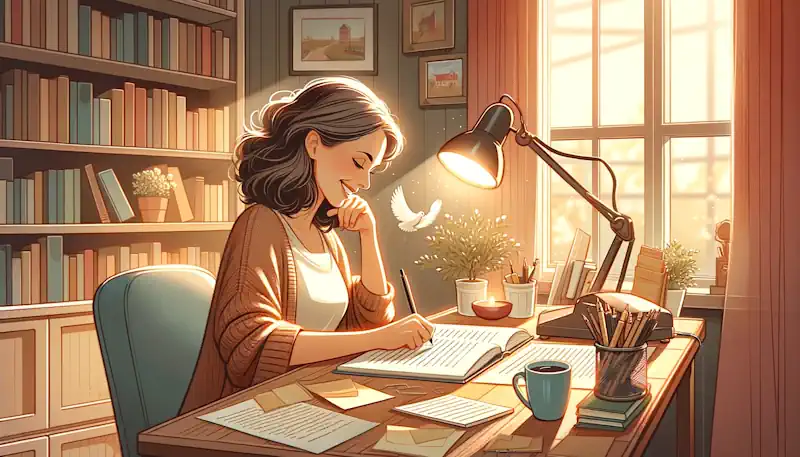
Final Thoughts
Enhancing your creative flow involves setting clear intentions, creating a supportive environment, establishing a routine, finding inspiration, embracing failure, nurturing your imagination, collaborating with others, experimenting with different techniques, managing stress and self-criticism, and continuing education and skill development.
By incorporating these practices into your creative process, you can unleash your full creative potential and embark on a fulfilling and enriching artistic journey. Remember, creativity is a lifelong pursuit, and with dedication and perseverance, you can continuously enhance your creative flow.


